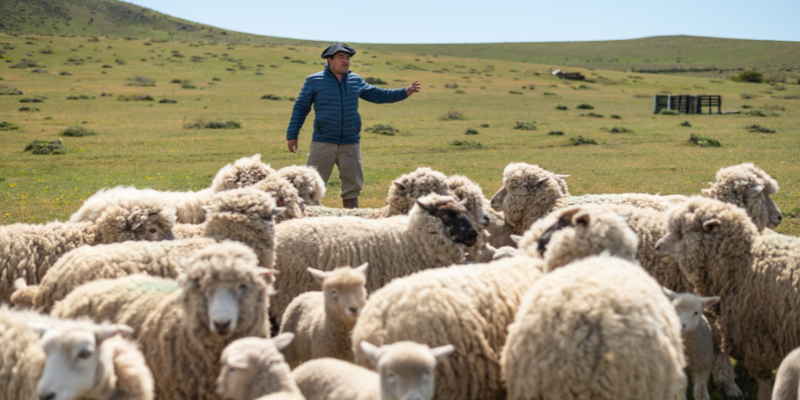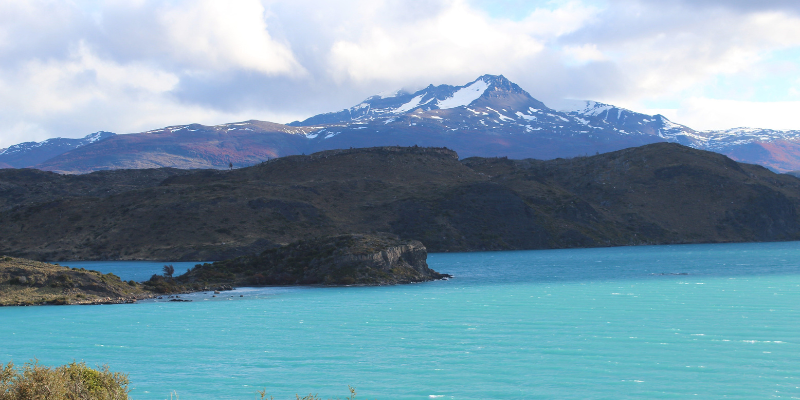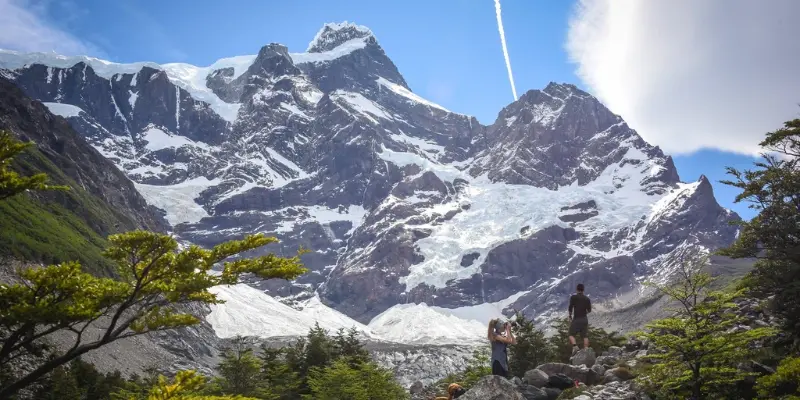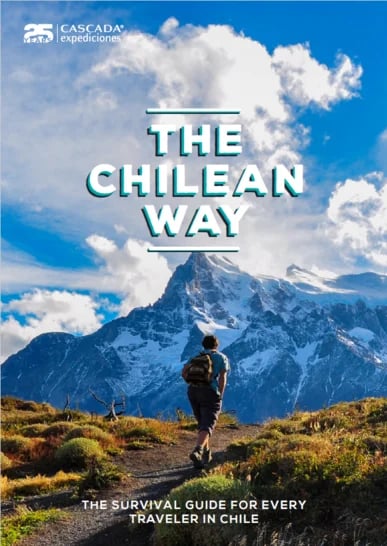Where is Patagonia?
The world’s southernmost region (outside of the Antarctic) is an area of 1,042 million square kilometers split between Chile and Argentina. Its borders are imaginary and include three regions in Chile : Los Lagos, Aysén and Magallanes. In the north, it starts at the Corcovado bay and ends at Cape Horn, the southernmost headland of the Tierra del Fuego Archipelago.
The geography of Patagonia is incredibly diverse, which can be seen in the wild landscapes you will find from north to south. If you ask me “What’s the weather like in Patagonia?”, I won’t be able to give you a good reply. There are just too many types of ecosystems and weathers in Patagonia, and these changing conditions shape these otherworldly landscapes.
Patagonia includes a third of the Chilean territory, but less than 5% of its inhabitants live here. You get it : this is wild.
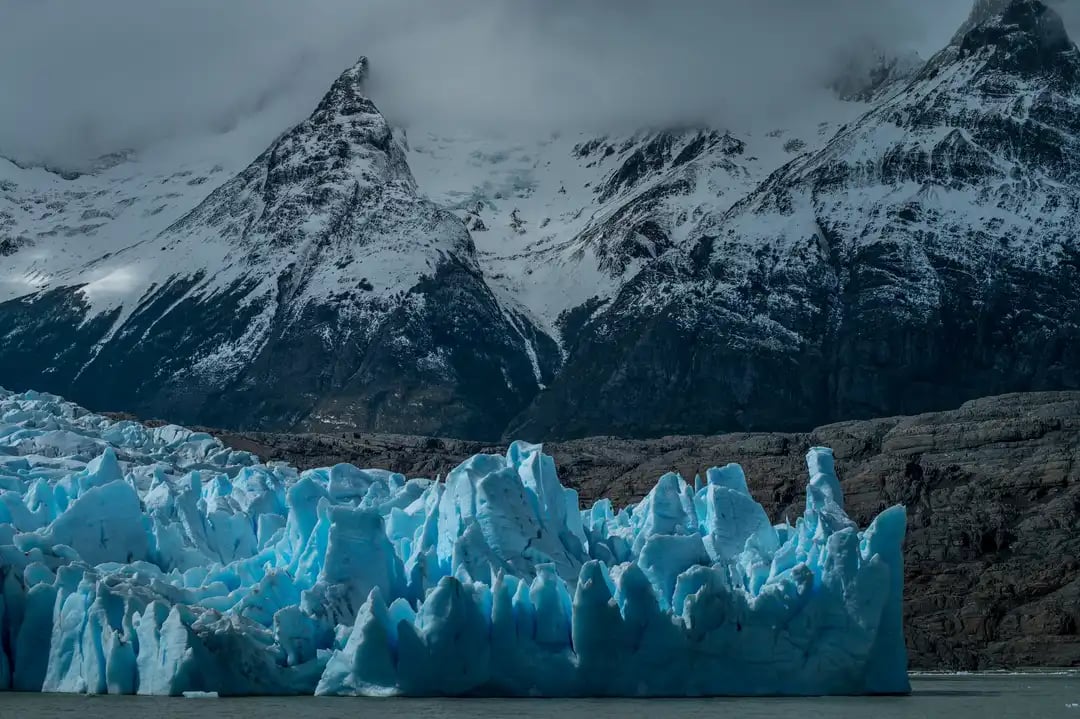
Here is a list of the most stunning wild places you will find in Chilean Patagonia, listed from north to south. Which one(s) will you aim to?
1. Corcovado volcano
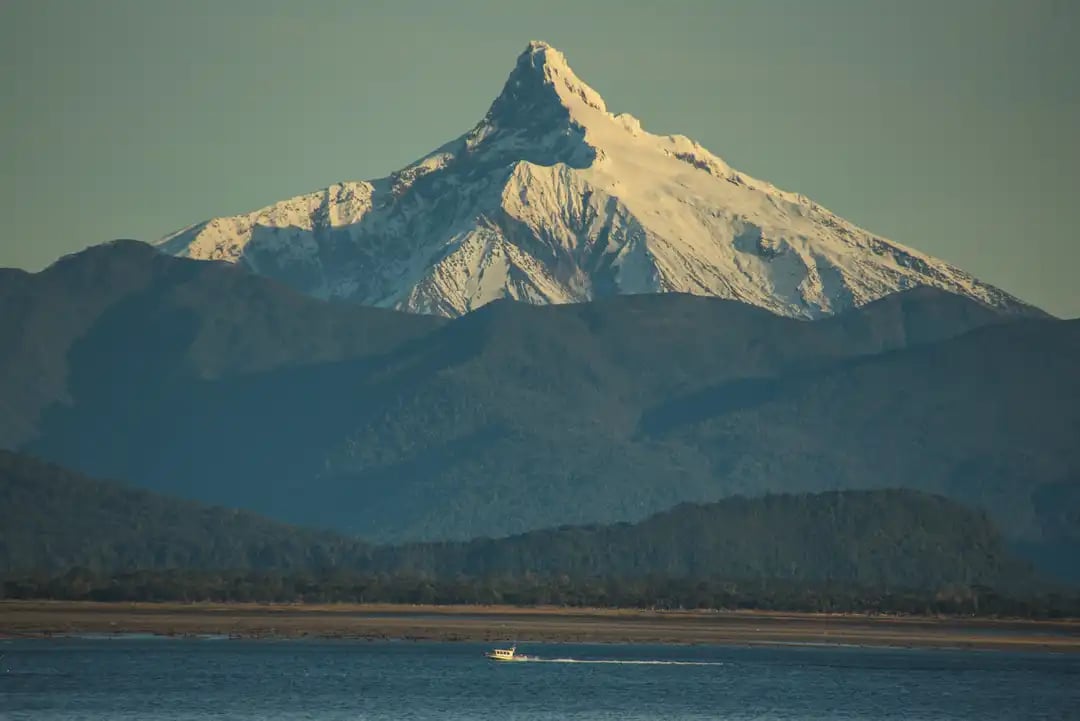
The Corcovado bay is the northernmost area in Chile’s Patagonia. You will reach the region by driving south from Puerto Montt, where you will find the start of the Carretera Austral, the most epic road trip you can think of. From Chaitén, you will see the snow capped summit of the Corcovado volcano, a beautiful stratovolcano that can be seen from the great Chiloé Island. The 2,300 m (7,500 ft) volcano and the adjacent area form part of the Corcovado National Park, a spectacular protected area of Valdivian rainforests, blue lakes, high peaks and rivers in Los Lagos region.
2. Queulat National Park
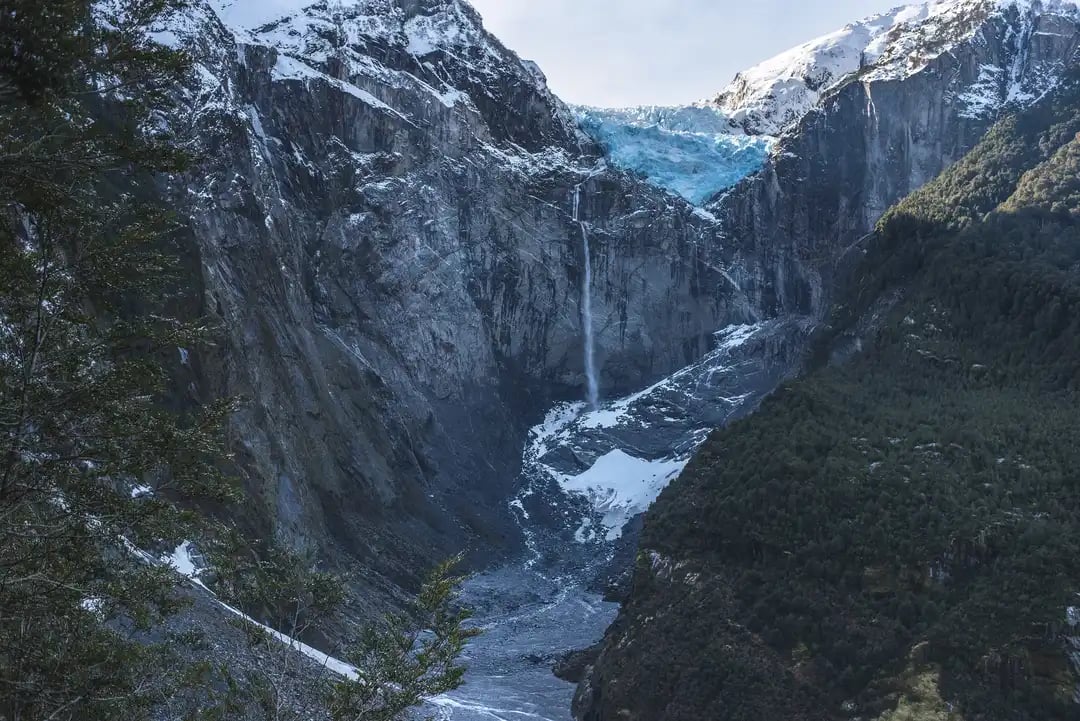
The Queulat hanging glacier is a hidden gem of the northern part of the Carreta Austral. It is located in the heart of the Queulat national park, a pristine area of 1,541 km2 (595 sq.mi.) that encompasses mountain glaciers and virgin evergreen forests. Two small ice fields are located in the park and though glaciers here are retreating very fast, the Queulat glacier is still very impressive, with a beautiful waterfall at its feet.
To reach Queulat national park, you must drive to Puyuhuapi in Chile’s Aysén region (the park is located about 30 minutes from here).
3. Cerro Castillo National Park
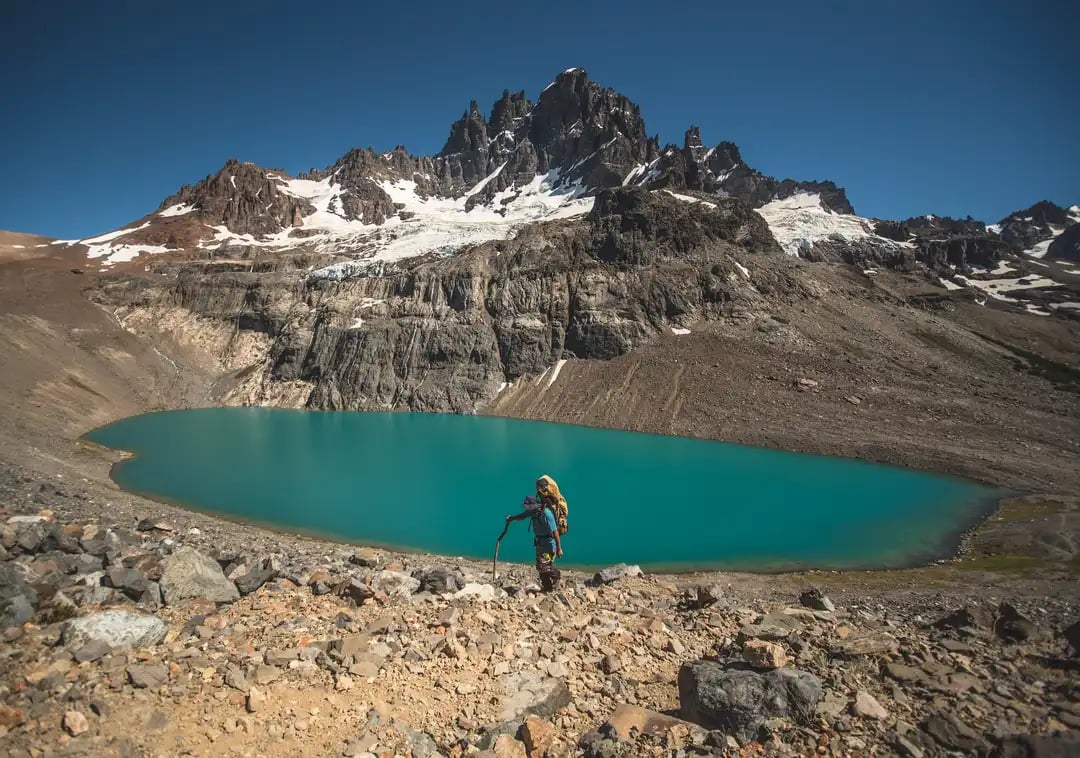
This stunning nature reserve is located 64 kilometers south of Coyhaique, the capital of Chile’s Aysén region. You will drive through it if you explore the Carretera Austral, but the big deal is to do the complete trekking circuit, a multiday hike through some of Patagonia’s most spectacular landscapes (definitely one of Patagonia’s best hikes).
The most legendary peak here is the Cerro Castillo, a 2,675 m.a.s.l (8,776 ft) mountain that is surrounded by glacier, evergreen forests, lakes and rivers. But Cerro Castillo is not only a hikers’ paradise, it is also a unique spot for wildlife watching, especially when it comes to the endangered Southern Andean deer (huemul).
4. The Marble Caves
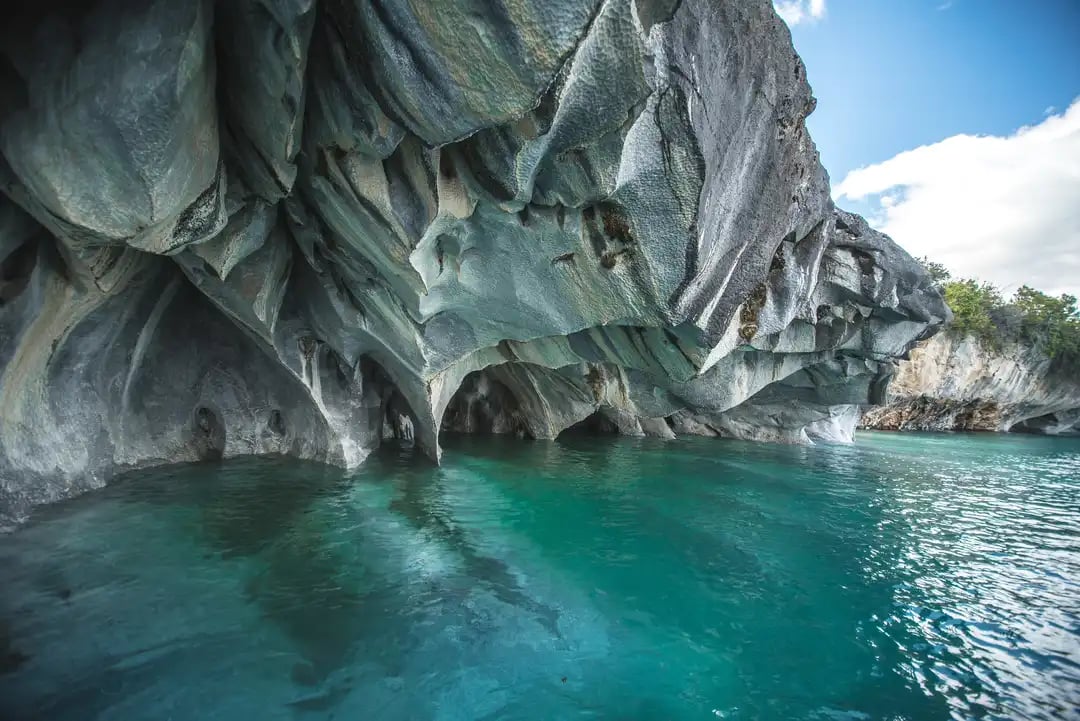
The marble caves are part of a national monument located in South America’s second largest lake, the General Carrera lake (called “Buenos Aires” lake in Argentina, as the lake is split between the two countries). These otherworldly formations are located near Puerto Río Tranquilo, roughly 223 kilometers south of Coyhaique. While it is estimated that the erosion of the marble caves started about 15.000 years ago, the marble itself is said to be 300 million years old.
You can sail and even kayak through the turquoise waters of the marble caves by reaching Puerto Río Tranquilo, a must-do if you drive the Carretera Austral.
5. The Exploradores Valley
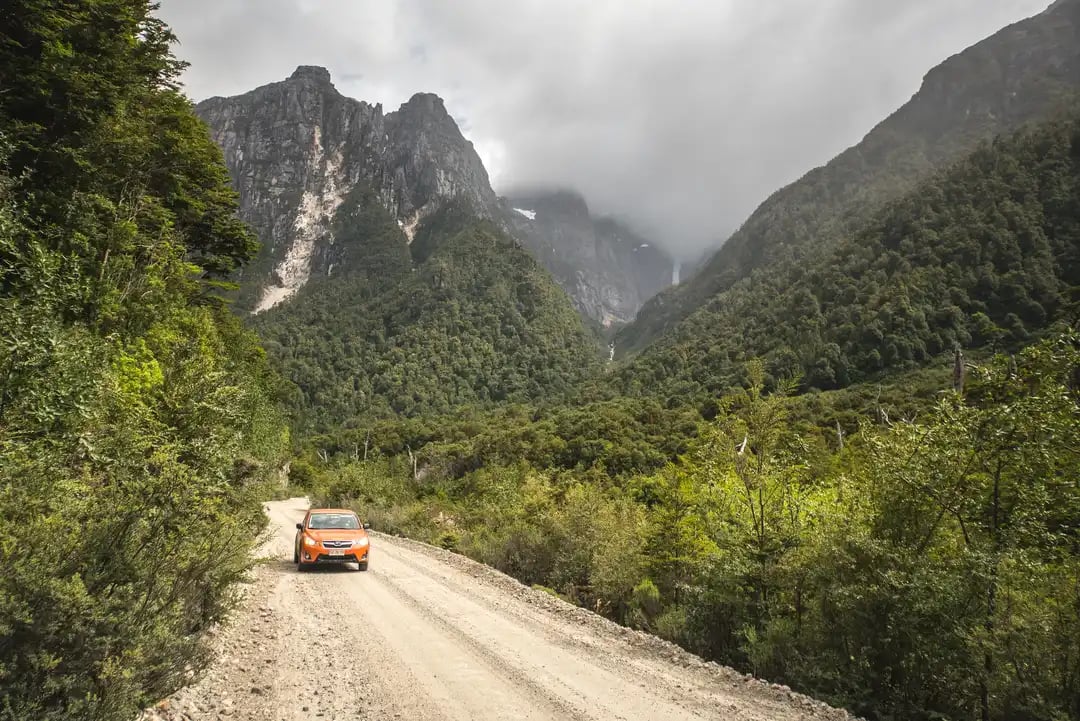
The Exploradores Valley is a hidden area near Puerto Río Tranquilo and many travelers forget to drive through this fantastic area of evergreen forests and remote mountain glaciers. It is an access to Laguna San Rafael and the Exploradores glacier, an area known for glacier hiking. You will also see mount San Valentin, the highest mountain in Chile’s Patagonia with an altitude of 4053 m.a.s.l.
6. The Baker River
_resultado.webp?width=1067&name=Baker%20Domo%20Lodge%20(38%20de%201)_resultado.webp)
Chile’s largest river in terms of volume of water, the Baker river flows out of Bertrand lake, which is fed by the General Carrera lake. It runs east of the Northern Patagonian ice field and empties near the small town of Caleta Tortel, into the Pacific Ocean.
The blue waters of the Baker River are incredibly unique, with tones you won’t find anywhere else. By driving the Carretera Austral you will reach the confluence of the grey waters of the Neff River and the Baker River, a stunning mix of colors you can see in a 30-minute walk.
7. Patagonia National Park - Jeinimeni Area
_resultado.webp?width=1067&name=Valle%20Lunar%20(1%20de%201)_resultado.webp)
Patagonia National Park became a national park in 2018, when Chilean former president Michelle Bachelet and Kris Tompkins, President and CEO of Tompkins Conservation, signed a decree creating 5 national parks. It was previously a private nature park, but the park combined with other nature reserves - including Jeinimeni - to form a spectacular wild area of 260,000 hectares (640,000 acres).
Here you will find a great diversity of ecosystems including grassland, riparian forests and wetlands. Wildlife includes pumas, guanacos, condors, armadillos and many more species.
While the whole park is beautiful, the Jenimeini sector is certainly amongst the most unique places you will see on a trip to Chile’s Aysén region. You can reach the area by driving to Chile Chico and then drive for about half an hour to the beginning of a nice trail.
An easy 3 to 4-hour hiking circuit will allow you to see some of the most stunning rock formations in Patagonia, with some cave paintings made by ancestors of the Tehuelches, indigenous tribes that inhabited the area thousand of years ago (these cave paintings are estimated to be about 10.000 years old).
8. Caleta Tortel
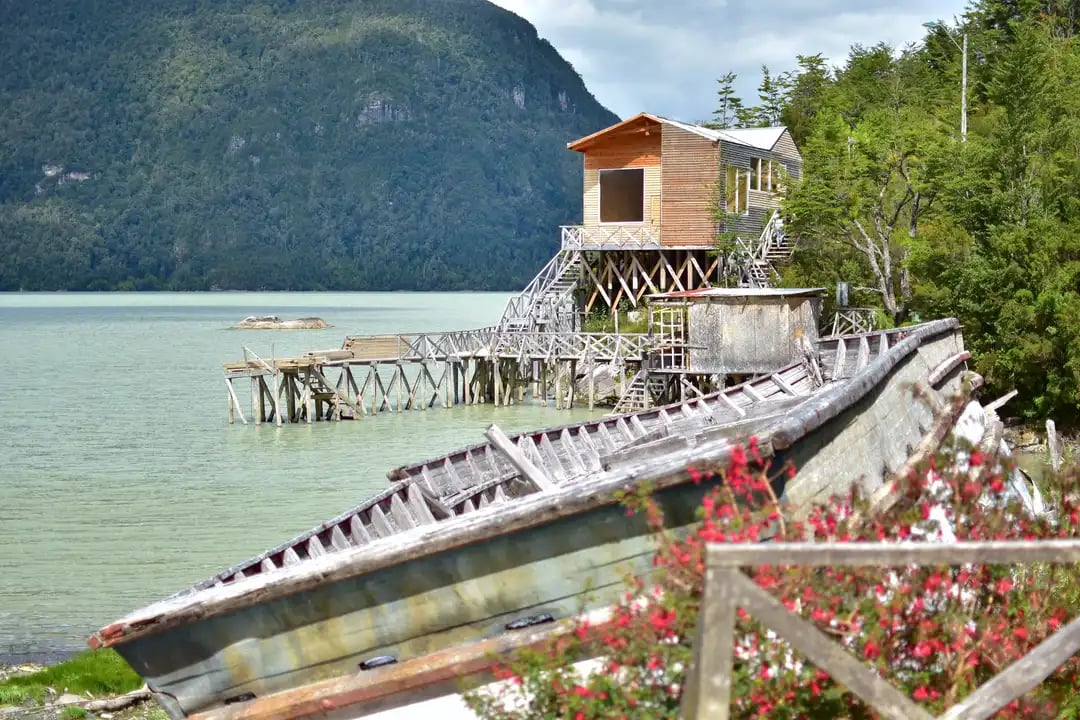
Tortel is a scenic town at the outflow of the Baker river and Pascua river to the Pacific Ocean, right between the Northern and the Southern Patagonian ice fields. It is one of the most remote towns in Chile, as you need to drive about 7 hours from Coyhaique (about 2-hour 15 from Cochrane) to reach this small commune. Here you won’t find any road, only wooden walkways which run for several kilometers around the cove (“caleta”). The peculiar walkway system has become part of the town’s culture and a local tourist attraction.
9. Villa O’Higgins
_resultado.webp?width=1067&name=Villa%20O%20Higgins%20-%20Los%20Patagones%20(10%20de%201)_resultado.webp)
Villa O’Higgins is the last town you will drive through while exploring the 1,200 kilometers of the Carretera Austral. It is a peaceful locality with less than 700 inhabitants and a remote location that is recommended for hikers, with beautiful trails through the Glaciar Mosco park. But the real milestone here is the very end of the Carretera Austral, with beautiful views of the O’Higgins lake that is split between Chile and Argentina.
If you’re lucky with the weather, you can sail through the lake and then hike to Argentina to reach El Chaltén, but consider two days for this expedition.
10. Torres del Paine National Park
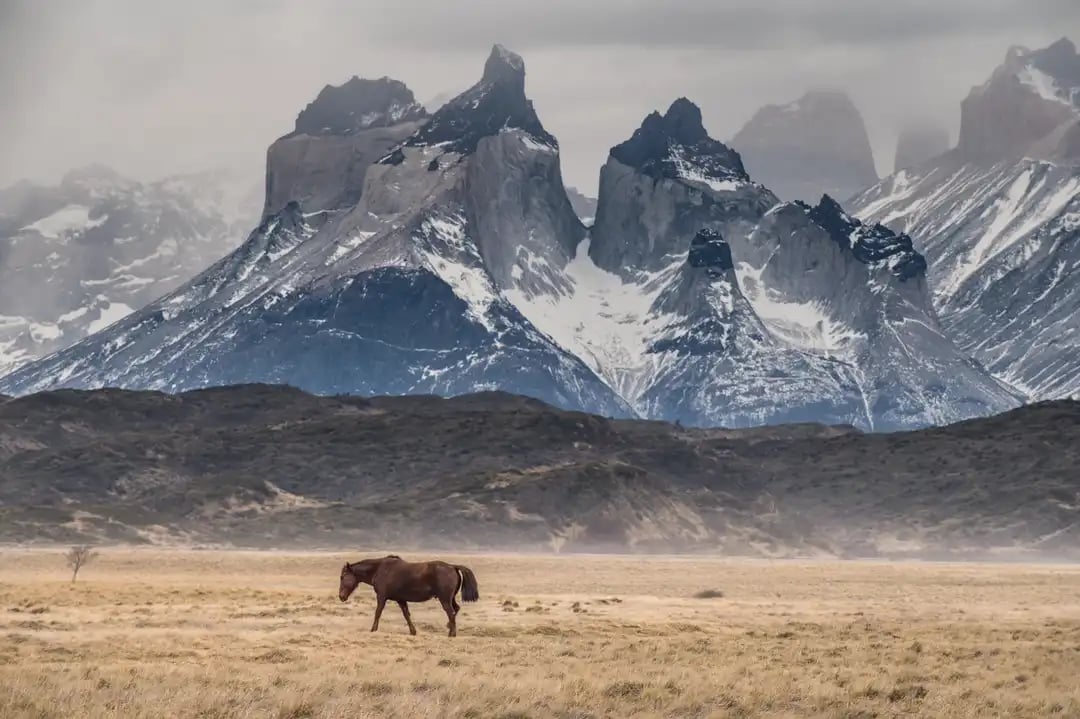
Welcome to the finest national park in Patagonia, Torres del Paine!
This vast area (101,414 ha / 448,280 acres) encompasses mountains, glaciers, forests, rivers, plains and lakes in Chile’s Magallanes region. Here, you will find dozens of spectacular hiking trails. Some are perfect for half-day and full-day hikes (such as the towers’ base and French Valley), whereas some are part of incredible multi-day hikes such as the W Trek and the O Trek, namely the best treks you’ll find in Chile’s Patagonia.
Here, you can also have the best wildlife encounters you can imagine, with the highest density of pumas in the region (who’s up for a puma tracking experience?). And you’ll find some amazing accommodation, such as EcoCamp Patagonia, the first geodesic hotel on Earth, located near the three granite spires that gave their name to the park.
Exploring Torres del Paine is a must-do if you come to Patagonia but remember this : you need time, so you’d better consider at least 4 days to explore the “eighth wonder of the world”!
11. Tierra del Fuego
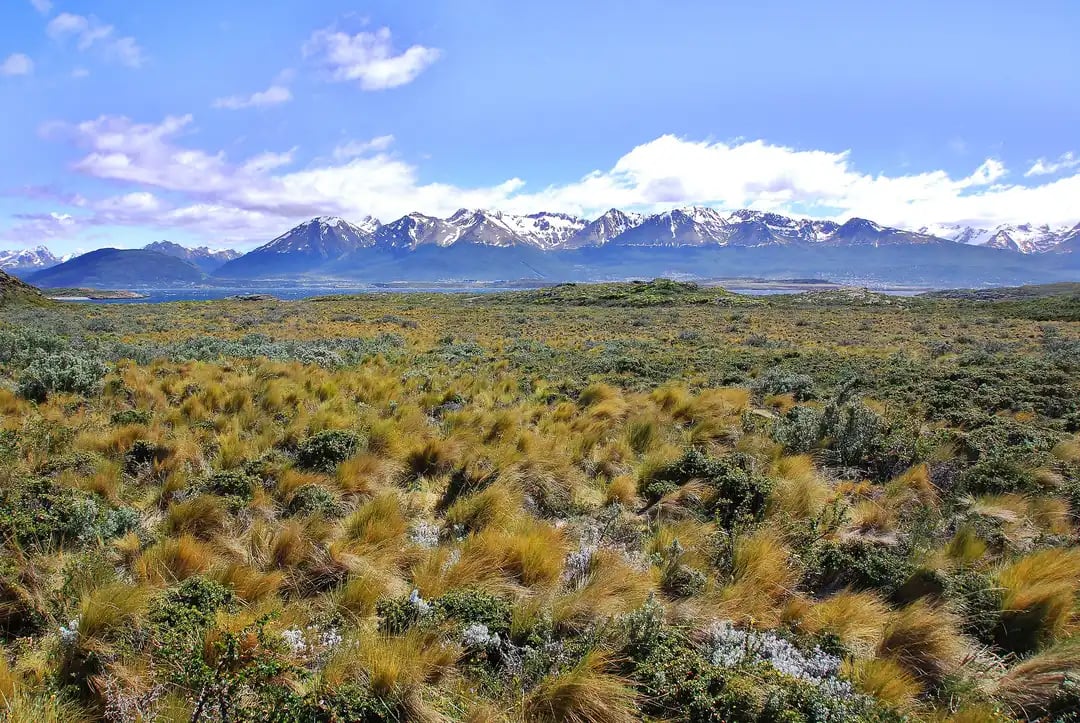
The Tierra del Fuego Archipelago, located off the southernmost tip of South America’s mainland - across the legendary Strait of Magellan - consists of the main island, called “Isla Grande de Tierra del Fuego” - and a group of numerous islands, including Diego Ramirez Islands and Cape Horn.
You can sail to the main island from Punta Arenas and meet the Ping Kinguins (the second largest penguin in the world) of Bahía Inutil. But you can also sail or drive through the island to explore the vast plains and forests. Here, you can meet wild horses and guanacos, and see the condor flying above the snow capped mountains of the Cordillera Darwin. You can hike near the beautiful Yendegaia national park or aim to Cape Horn, one of the most hazardous shipping routes in the world (but absolutely stunning!).
12. Navarino Island
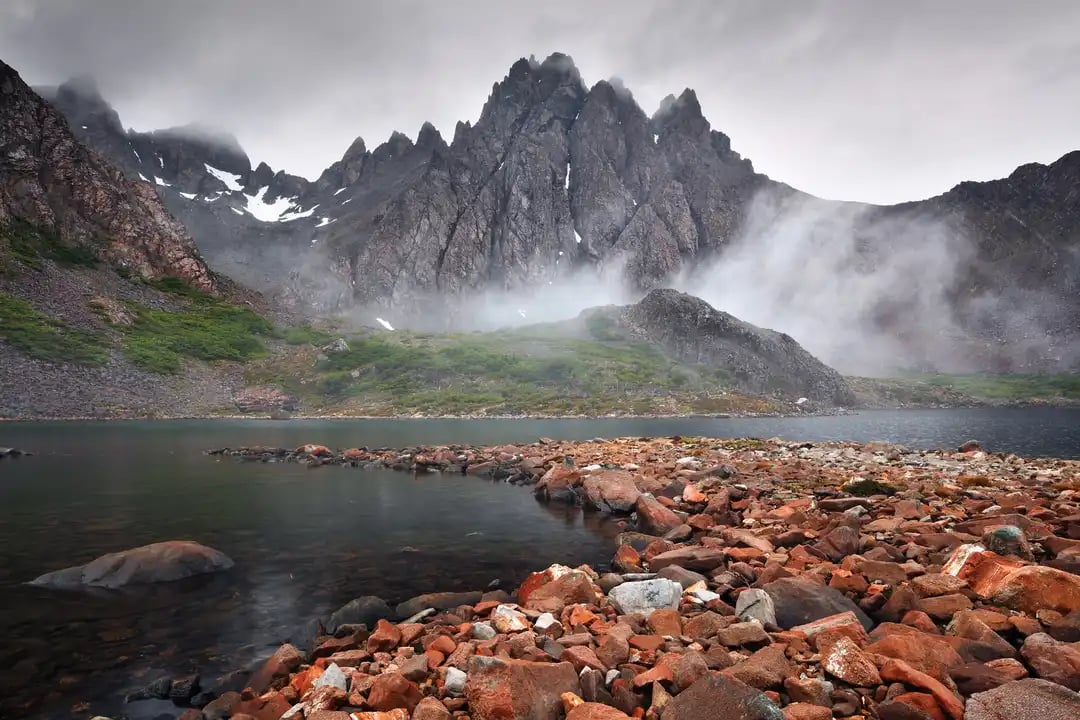
Welcome to the southernmost city on Earth, Puerto Williams! This small city (less than 2,000 inhabitants) is the starting point of the “Navarino’s Teeth” (“los Dientes de Navarino”), the southernmost trek on Earth. The Navarino’s Teeth were named for the jagged pinnacles that resemble teeth and hiking through these mountains is without any doubt one of the best outdoor experiences you can have in Patagonia, with remote valleys and stunning mountains at the end (or beginning?) of the world.
This 6-day experience is for experienced hikers only, as there is no infrastructure in the circuit (only simple campsites) and hiking can be demanding depending on the weather conditions that are changing.
To reach Navarino island, you can fly from Punta Arenas or sail from the nearby Ushuaia in Argentina, as Puerto Williams is located on the other side of the Beagle channel.
Now you have 12 places on your Patagonia bucket list, take a look at our tours to choose your next destination in Chile or contact us if you need more information!

